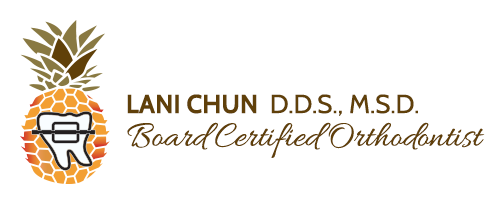 Corrective jaw surgery (orthognathic surgery) treats and corrects abnormalities of the facial bones, specifically the jaws and the teeth. Often, these abnormalities cause difficulty associated with chewing, talking, sleeping and other routine activities. Orthognathic surgery corrects these problems and, in conjunction with orthodontic treatment, will improve the overall appearance of the facial profile.
Corrective jaw surgery (orthognathic surgery) treats and corrects abnormalities of the facial bones, specifically the jaws and the teeth. Often, these abnormalities cause difficulty associated with chewing, talking, sleeping and other routine activities. Orthognathic surgery corrects these problems and, in conjunction with orthodontic treatment, will improve the overall appearance of the facial profile.
Using the latest in digital imaging technology, we will demonstrate the overall functional and aesthetic benefits of orthognathic surgery. Computerized treatment planning minimizes treatment times, recovery periods and the overall efficacy of your surgery. State-of-the-art materials such as titanium plates and miniature screws provide stability, strength and predictability to your treatment. These advances in technology, procedures and equipment reduce post-surgical recovery time, thus allowing patients to return to their normal routines soon after the surgery.
Orthognathic surgery may be unnecessary if orthodontic treatment can correct the problem. With the latest advances in orthodontics, this is sometimes the case. We will determine if orthognathic surgery is the correct treatment option for you.
What is surgical orthodontics?
Surgical orthodontics is a form of dental surgery to correct severe cases of bad bites and jawbone abnormalities.
When is surgical orthodontics required?
The upper and lower jaws are the bases upon which the teeth are aligned. When the jaws are too far apart, the proper bite cannot be achieved with braces alone. The orthodontist then embarks upon a treatment mode that plans for future surgical intervention. Surgery is the only treatment option in these severe cases.
What treatment is used?
Most orthodontic patients undergo an initial period of orthodontic treatment to align the teeth so that they will fit properly after surgery is completed. Surgery usually is not scheduled until the teeth have been properly aligned.
Orthodontic appliances used to align teeth prior to surgery are left in place during the surgical procedure to aid in stabilizing the teeth and jawbones. After surgery there is a period of follow-up orthodontic treatment to achieve final alignment of the teeth, thus complementing the new facial symmetry.
Can surgery be avoided?
In younger patients, future facial growth combined with timely orthodontic intervention can sometimes correct protrusions and/or retrusions of the jawbone. An orthodontist working with children as young as age 7 can use one of several orthodontic appliances to direct bone growth, thus eliminating the need for surgery in some patients. However, in adults, and those patients who have completed their bone growth, the improper tooth/bone relationship is frequently treated with surgery.
Are there any risks?
The portion of surgical orthodontic treatment provided by an oral surgeon entails the usual risks inherent with any type of surgery. However, surgical orthodontic procedures are not new or experimental; they are routinely performed in offices or hospitals on a regular basis. If you or a member of your family are about to undergo surgical orthodontic treatment, simply ask your oral surgeon to explain the risks to set your mind at ease.
What are the rewards?
Following completion of the surgical orthodontic process, dental health is improved -- no more bad bites or crooked teeth. The jawbones and profile relationships are also more stable, functional and esthetic. Facial appearance is improved. The most lasting reward is a more beautiful, healthier, and happier you!
What problems does surgical orthodontics best correct?
There are a wide variety of causes of jawbone discrepancies – heredity, trauma or other developmental problems. Most commonly corrected problems include: a protruding or retruding chin; an unsightly display of gum tissue above the upper front teeth; and inability to achieve lip contact when the lips are relaxed; and overall elongation of the face.

